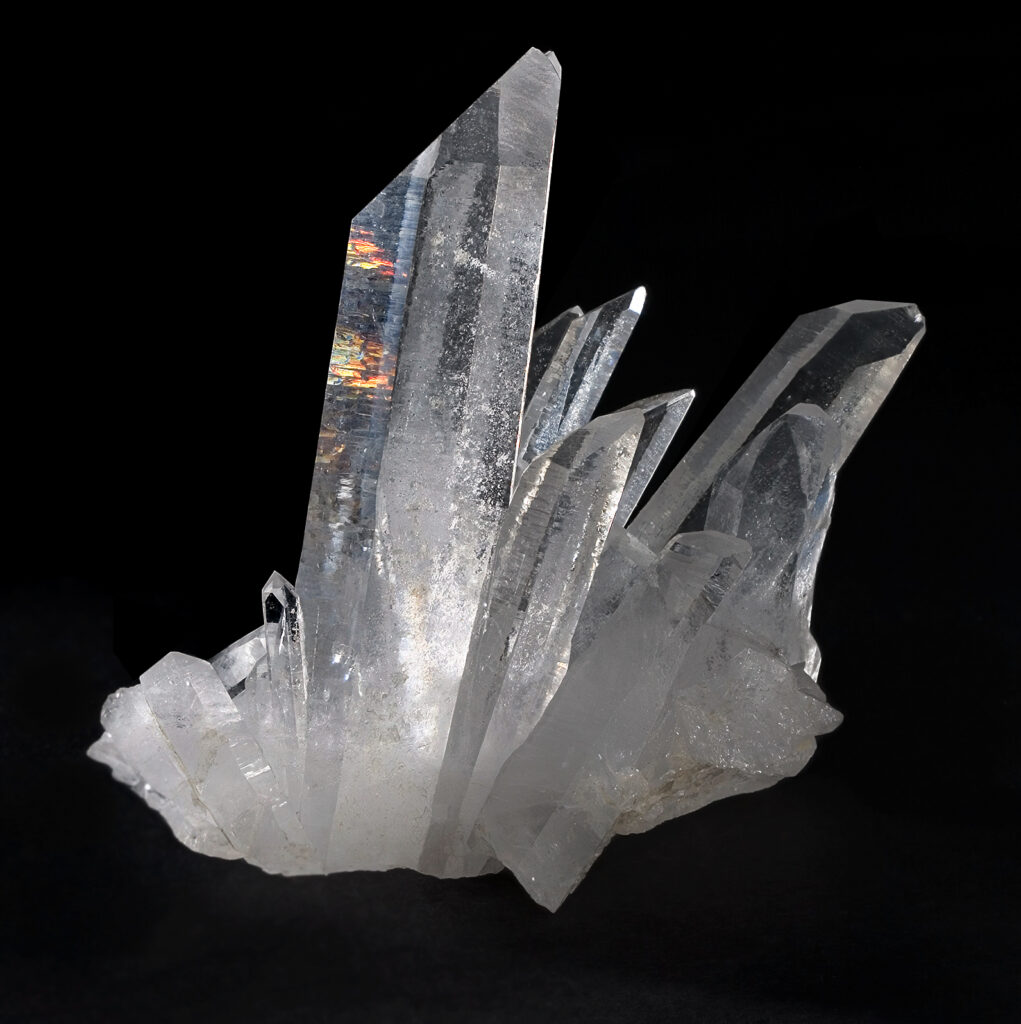Gray, often seen as a neutral and understated color, holds a deeper meaning and symbolism across various cultures, religions, and psychology. In this blog, we will explore the intriguing world of gray color symbolism. From its significance in different cultures to its interpretation of the Bible, we will uncover the hidden meanings behind this enigmatic hue.

Additionally, we will delve into the psychological effects of gray and its physical impact on our emotions and well-being. Furthermore, we will discuss the various shades of gray and their individual connotations. Whether you are an artist seeking inspiration or simply curious about the fascinating world of colors, join us on this exploration of gray’s symbolism and its most common uses in different contexts.
Gray Color Symbolism in Different Cultures
Gray color symbolism plays a significant role in different cultures across the world. It holds various meanings and associations, making it a fascinating hue to explore. In Western cultures, gray is considered a neutral color that represents balance and sophistication. Meanwhile, in Eastern cultures, gray often carries connotations of mourning and sadness. African cultures view gray as a symbol of wisdom and age, adding depth to its meaning.
From a psychological perspective, gray reflects ambiguity and indecisiveness, making it a thought-provoking color in color psychology. Furthermore, gray is frequently used in design to create a sense of calmness and serenity, acting as a backdrop or complementing other colors. With its wide range of symbolisms, gray truly offers an in-depth analysis of color meanings in different cultures.
What Does the Color Gray Mean in the Bible?
The color gray in the Bible is often linked to feelings of mourning, sorrow, and repentance. It can also symbolize humility and submission to God’s will. However, interpretations of colors in the Bible can differ among religious traditions and scholars, so the symbolic meaning of gray may vary depending on the specific context or narrative.

Psychological Meaning of Gray
Gray, as a color, holds significant psychological meaning beyond its visual appeal. Its neutrality and balance make it a favorite color choice for many people. Gray represents a sense of calmness and stability, bringing a feeling of serenity to any space. This versatile hue also symbolizes practicality and a lack of emotion, making it a common color in professional settings. Gray’s association with modesty and humility adds a touch of elegance to its symbolism.

In color psychology, gray plays an important role in creating a balanced color scheme and serving as a backdrop for brighter colors. With its various shades, from light gray to charcoal, gray adds depth and complexity to any aesthetic. Its symbolism extends to different cultures and regions. It is important to note that gray’s symbolic meanings can vary based on context and personal interpretations. Whether it’s incorporated into a wardrobe, used in design, or explored in color symbolism, gray holds a unique position in the spectrum of colors.
Physical Effects of Gray
Gray, a neutral color associated with balance and calmness, often finds itself as a favorite hue in minimalist design. However, when it comes to color symbolism, gray plays a much larger and more diverse role. From representing mourning, sadness, and repentance in different cultures, to symbolizing humility and submission to God’s will in the Bible, gray holds significant meaning. It is a color associated with modesty, intellect, and wisdom that comes with old age.

Gray’s versatility is evident in its use as a backdrop in Europe, while China sees it as a symbol of sophistication. Africa embraces gray in wardrobe choices, depicting an elegance that transcends different meanings. Whether it’s the gray hair of wisdom or the charcoal of the middle ground, gray remains an important color with in-depth analysis that goes beyond its surface.
Meanings of Gray Shades
Gray, a color with diverse symbolic meanings, holds significance across cultures and personal perspectives. Associated with neutrality, balance, and practicality, it brings forth feelings of serenity, stability, and reliability. However, gray can also be a backdrop for sadness or depression. Light gray exudes practicality and professionalism, while dark gray commands strength, authority, and formality.
With variations in symbolism, gray encompasses traits like modesty, intellect, and the elegance of maturity. Its role in different cultures, from Europe to China, adds depth to its symbolism. Whether adorning wardrobes or sophisticated business suits, gray appeals to those with a discerning taste for timeless hues. From the hue of gray hair to the charcoal shades of gray matter, this color holds a place of significance.
More Shades of Gray
Gray, a versatile color symbolizing neutrality, balance, and practicality, is known for its association with various shades. From light gray, which exudes practicality and professionalism, to dark gray, symbolizing strength, authority, and formality, the color evokes different moods and feelings. Stability and reliability are commonly associated with gray, although in certain contexts, it may be linked to sadness or depression. Gray’s symbolism varies across cultures and individuals, making it a fascinating hue to explore.

In interior design, gray shines by creating a calming and sophisticated atmosphere. It serves as a versatile backdrop that effortlessly complements other colors in fashion and home decor. Literature and art often employ gray to convey ambiguity and uncertainty, adding depth to narratives and visuals. With its role in color symbolism, gray takes on different meanings depending on its cultural and personal interpretations.
Most Common Uses of the Color Gray
Gray, a color with diverse interpretations and uses, holds an important role in various contexts. Along with its symbolism of neutrality and balance, gray is also associated with modesty, humility, and intellect. This hue is often used in design as a neutral color backdrop, allowing other colors to shine. In the world of fashion, gray is a popular color choice for wardrobes as it exudes sophistication and elegance. Gray has different meanings in different cultures. For instance, in Europe, gray is often connected to old age, while in China, it is a color of repentance. Gray plays an important role in creating a color scheme and can be paired with other colors to evoke different emotions and moods.

Lighter shades of gray are often associated with serenity and self-discipline, whereas darker shades represent formality and maturity. An in-depth analysis of color psychology reveals that gray, being a color of ash, is also connected to stability and reliability. It can be seen as the middle ground between black and white, symbolizing balance. However, it is important to note that gray can also have negative connotations, often associated with dullness and deceit. Grey business suits are often chosen to project a sense of authority and professionalism. Gray gemstones, such as charcoal, add a touch of elegance to the jewelry. Whether it’s in design, fashion, or symbolism, the color gray holds a special place with its versatility and ability to evoke various emotions.
Gray Gemstones


Gray gemstones, with their versatility and neutrality, have gained immense popularity in the world of fine jewelry. Renowned varieties like labradorite, moonstone, and smokey quartz, bring forth their unique charm and symbolism. Gray gemstones symbolize balance, stability, and wisdom, while effortlessly exuding understated elegance.
Their neutral composition allows for endless pairing possibilities with other colors, giving rise to one-of-a-kind and stylish combinations. With their timeless appeal and sophistication, gray gemstones have become a favorite choice for individuals seeking jewelry that embodies elegance and grace.
Conclusion
Gray is a color that holds various meanings in different cultures, religions, and psychological contexts. It can represent neutrality, balance, maturity, and wisdom. In color psychology, gray is often associated with stability, practicality, and conformity. Physically, gray can have a calming effect on the mind and body.
Different shades of gray can evoke different emotions and convey different messages. From light gray to charcoal gray, each shade has its own symbolism. Gray is commonly used in interior design, fashion, and branding due to its versatility and timeless appeal. Gray gemstones such as labradorite and moonstone are prized for their unique beauty and metaphysical properties.


Leave a Reply